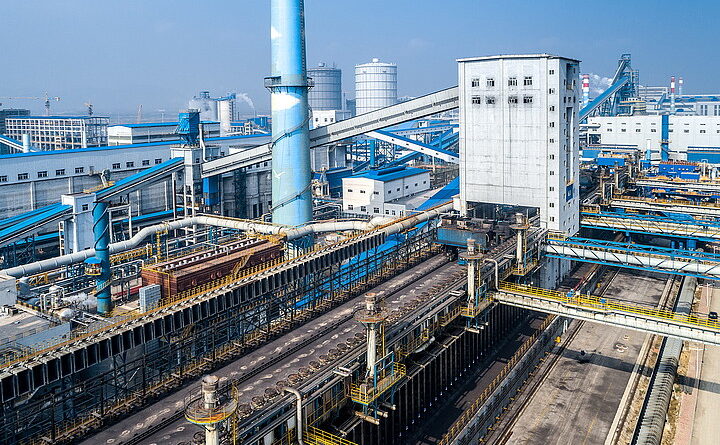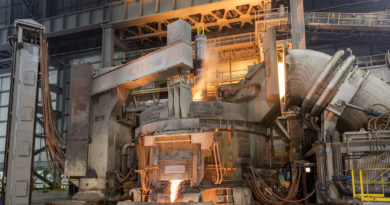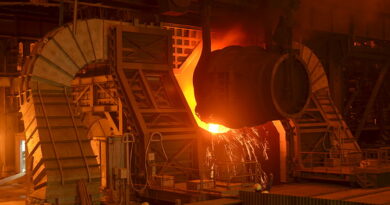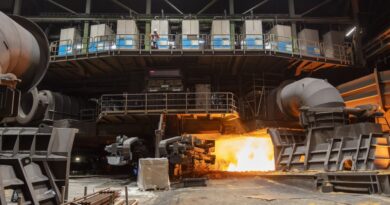Chinese steelmakers under pressure to achieve carbon neutrality by 2050
Analysts agree, China’s steel mills can meet their goal of reducing carbon emissions if the industry is willing to accept the high cost of improving the efficiency of production. Beijing based Institute of Public and Environmental Affairs Director Ma Jun said.
“Slashing carbon emissions is a must for the steel industry. For an industry with such sizable emission, it needs to make a move right now. The steel industry is consuming much more energy than others, so it will need to upgrade new capacity that consumes less and renewable energy.”
Paulson Institute’s senior research associate Ilaria Mazzocco said “Among other things, the industry is likely going to have to rely on technologies that are not fully mature or entirely commercially viable at the moment. This implies a bit of a bet on the part of the government and the industry, but if it pays off it could actually help commercialise these technologies.”
As the largest crude steel producer and consumer, China’s steel accounts for about 15% of the country’s carbon emissions and over 60% of the global steel industry’s emissions. Steel companies in China are under pressure now Beijing has fully committed to achieving carbon neutrality by 2050.
The country is carving out a plan for the steel industry to hit peak carbon emissions within four years and reduce them by 30% by 2030. Currently, 90% of China’s steelmaking relies on coking coal blast furnaces.
As part of efforts to ensure the industry’s 2025 peak-carbon goal is reached, the country has stressed its desire to reduce both capacity and output this year. It has launched a nationwide investigation to make sure steel capacity cuts ordered in 2016 to eliminate out dated and excess capacity are actually being carried out
As the largest steel producer in the world, Shanghai-based China Baowu Steel Group said it will reach carbon emission peak by 2023 and will reduce emissions by 30% before 2035. The steel maker is also investing in innovative technologies to ramp up production.
It has formed a five-year partnership with BHP to invest up to USD 35 million in greenhouse gas emissions research, including the deployment of carbon capture and hydrogen injection in the blast furnace.




